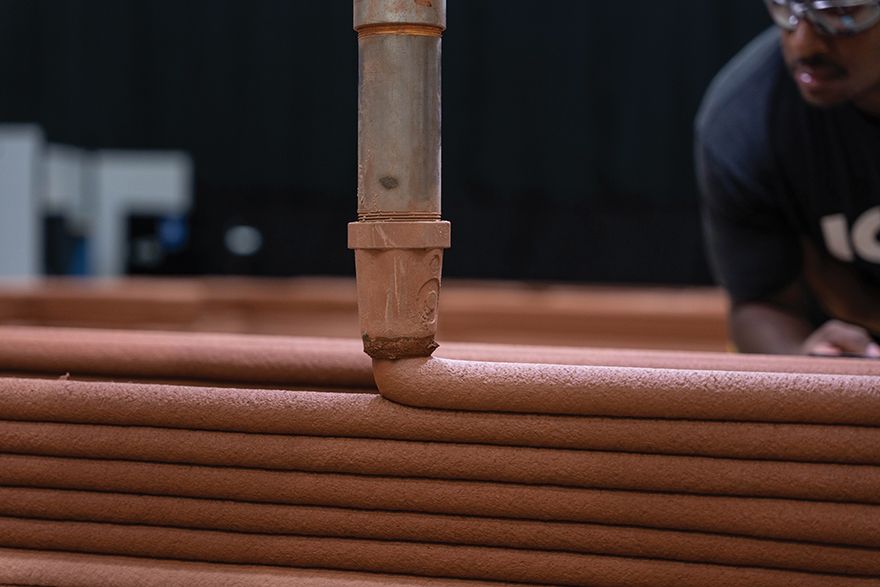 ICON
ICON, which is based in Austin (Texas) and is a developer of advanced construction technologies including robotics, software, and building materials, has been awarded a sub-contract — via Jacobs Space Exploration Group, which is supporting
NASA Space Technology Mission Directorate (STMD) as part of NASA’s Crew Health and Performance Exploration Analog (CHAPEA) — to deliver a 3-D printed habitat (known as Mars Dune Alpha) at NASA’s Johnson Space Center.
ICON’s Vulcan construction system will complete a 1,700ft
2 structure, designed by architecture firm
BIG-Bjarke Ingels Group; this will simulate a realistic Mars habitat to support ‘long-duration exploration-class space missions’.
CHAPEA, is a sequence of three one-year Mars surface mission simulations at the NASA Johnson Space Center in Houston. The ‘analog missions’ will provide valuable insights and information to assess NASA’s space food system, as well as physical and behavioral health and performance outcomes for future space missions.
NASA will use research from the Mars Dune Alpha simulations to ‘inform risk and resource trades’ to support crew health and performance for future missions to Mars when astronauts would live and work on the Red planet for long periods of time.
Future space exploration habitats have the potential to be 3-D printed with additive construction technology to eliminate the need to launch large quantities of building materials on multiple flights, which is cost prohibitive.
Jason Ballard, ICON’s co-founder and CEO, said: “Mars Dune Alpha is intended to serve a very specific purpose — to prepare humans to live on another planet. We wanted to develop ‘the most faithful analog possible’ to aid in humanity’s dream to expand into the stars. 3-D printing the habitat has further illustrated to us that construction-scale 3-D printing is an essential part of humanity’s toolkit on Earth and to go to the Moon and Mars to stay.”
The layout of the structure is organised in a ‘gradient of privacy’: four private crew quarters will be located on one end of the habitat; dedicated workstations, medical stations and food-growing stations will be at the opposite end; and shared living spaces found in between. Varying ceiling heights vertically segmented by an arching shell structure will ‘avoid spatial monotony and crew member fatigue’.
Bjarke Ingels, the founder and creative director of BIG-Bjarke Ingels Group, said: “Together with NASA and ICON, we are investigating what humanity’s home on another planet will entail from the human experience. The data gained from this habitat research will directly inform NASA’s standards for long-duration exploration missions, and as such will potentially lay the foundation for a new Martian vernacular. Mars Dune Alpha will take us one step closer to becoming a multiplanetary species.”
NASA has begun its recruitment for the long-duration Mars mission analog study inside the 3-D printed habitat, and with funding from NASA ICON has launched ‘Project Olympus’ to begin research and development of a space-based construction system to support future exploration of the Moon.